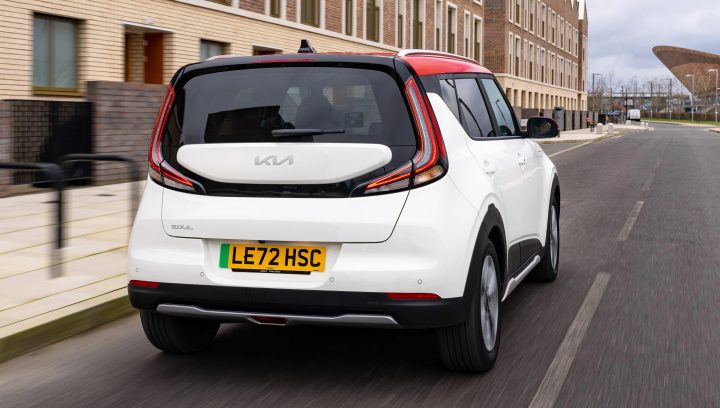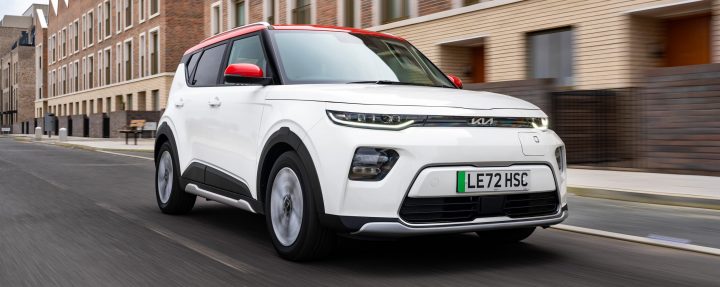The Kia Soul EV was the first modern zero emission model from the Korean manufacturer, one of the earliest compact electric cars and that experience has been put to good use.
Originally, the Soul Maxx zero emissions model of 2019 was affected by the pandemics but with that behind us the new third general Soul EV is poised to sweep up sales.
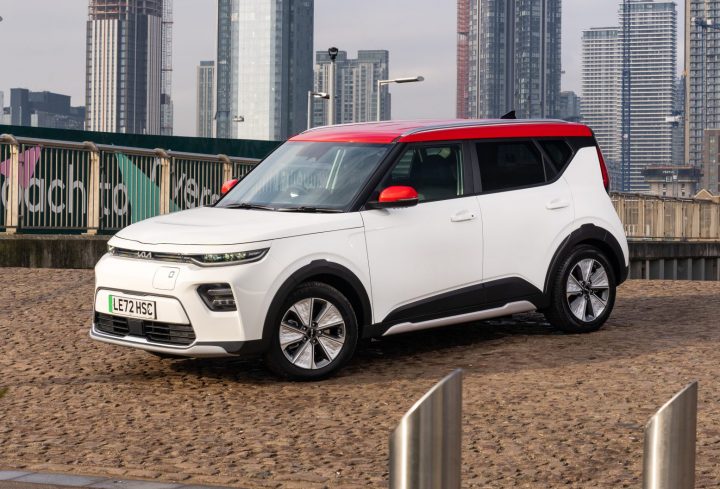
The original Maxx powertrain has been refined and we have been testing it with the long-range 64kWh battery and stronger 210bhp motor, which is arguably more practical for many owners than the medium-range 39.2kWh battery and 134bhp motor as tested a few months ago and introduced this year.
It really is a case of horses-for-courses and you can save about £6,200 with the Urban model intended for commuting compared to the Explore for those really needing to cover more miles between boosts.
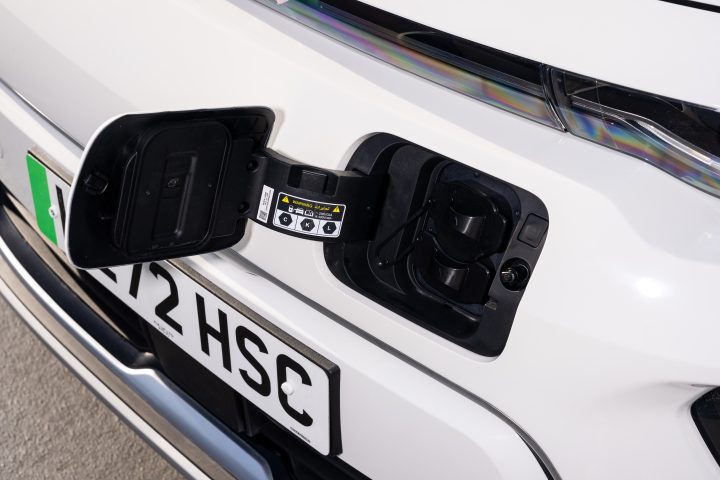
But it is more than just a bigger battery and power boost in the Explore as it is fitted with blind spot collision avoidance assist, safe exit warning, rear-cross traffic avoidance assist and highway driving assist – all sensors which can seek out hazards and save accidents and damage. Think of them as investment, not expense.
The thoroughly practical boxy shape of the Soul is distinctive and useful if you have a group of teenagers to pick up from school or university, or move furniture with the rear-seat folded flat.
Access is good from sides and back and legroom and headroom are reasonable although elbow space is restricted in the back. Front seats have good adjustment settings too and a driver can set up the steering column and wheel for reach and rake as well.
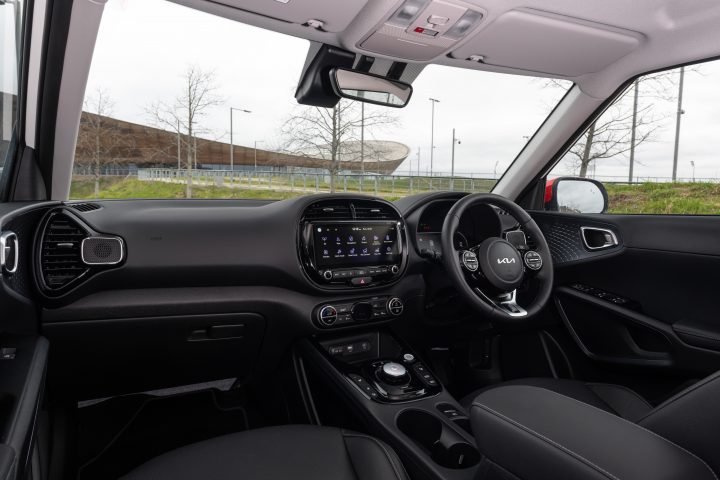
The secondary controls of the Explore are shared with those in the Urban, well placed and efficient, and configured so you do not have to keep looking at the touchscreen to alter settings, which is a good safety feature itself.
I liked the big instruments displayed infront of the driver with selectable centre panel and the very big infotainment touchscreen on the centre of the fascia for navigation, phone and media as well as many other features. Sound reproduction was excellent for audiophiles.
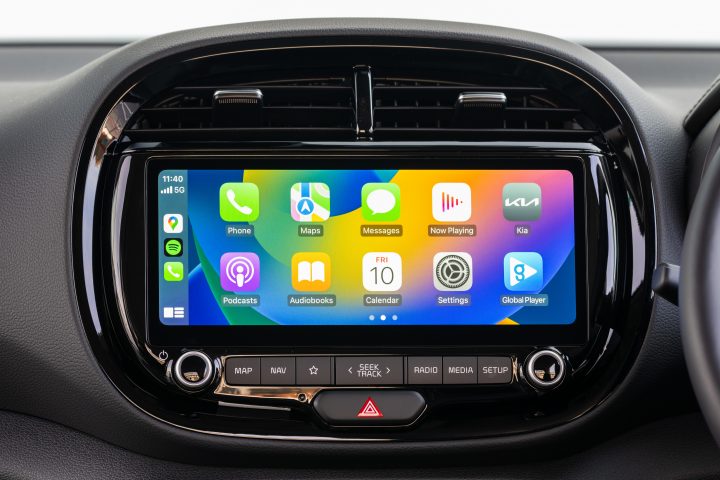
Air conditioning was highly effective throughout aided by four powered windows, very large wipers both ends and powerful washers, bright long range and wide beams for poor visibility conditions. There was no sunroof.
Oddments room was good throughout and the boot floor consisted of two levels to accommodate the charger cable and give a useful but not immense capacity for shopping or cases above. The Explore also gains roof rails for possible added box or rack.
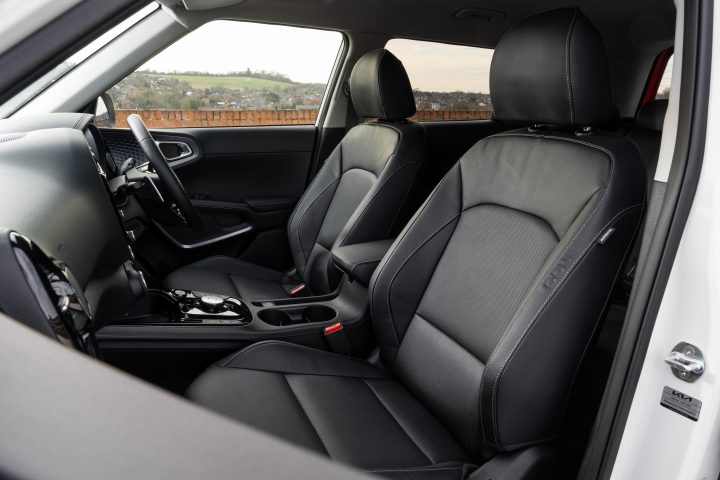
The more powerful motor and bigger battery fit well with the strong handling dynamics of the third generation Soul and its enhanced multi-link rear suspension and front strut and coils springs, selectable-weight steering and very good progressive brakes.
The powertrain in the Soul Explore EV includes a variable retardation and regeneration system selected through the four driving modes or the power paddles on the column and it permits single pedal driving to maximise range or power as desired.
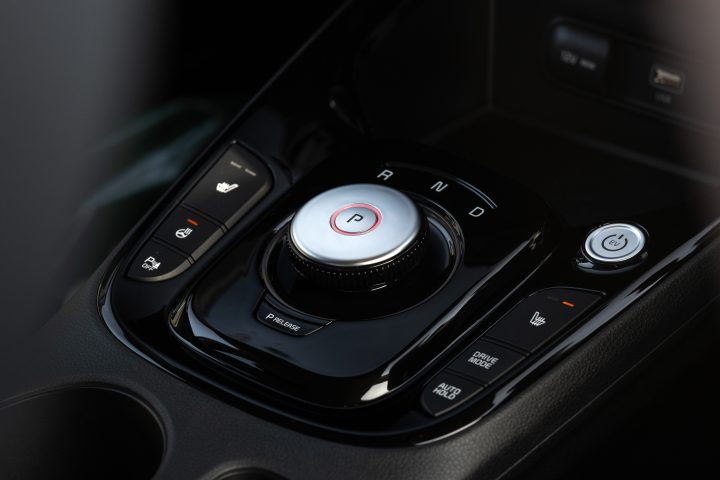
As in all evs, starting is simply a case of getting in, pressing a button and moving off, and that can be as gentle or quick as you want. With fewer moving parts and motor drive, an ev gives instant response and very good acceleration.
The Soul Explore has tantalising performance within a deceptively tame shape and by judicious selection of the sport mode it makes overtaking refined and rapid.
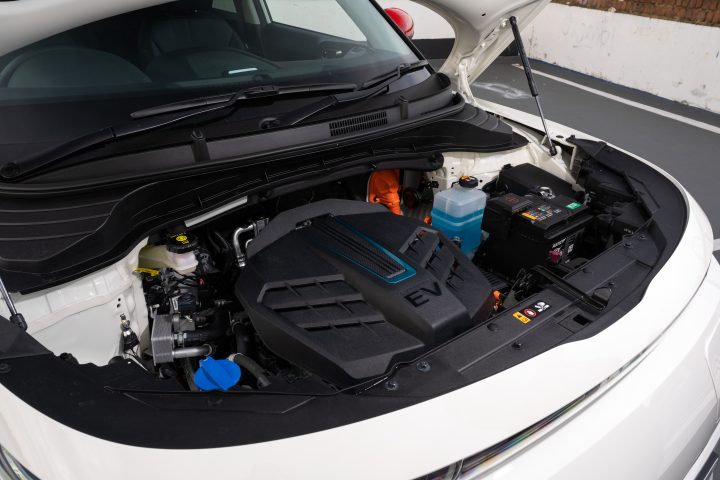
The electric powertrain is nearly silent, just a muted hum or buzz can be detected at times, and the only noise we noticed came from the road and suspension, although both are low frequency.
The car felt agile and was easy to park without being twitchy along country roads, it firmly stayed on the road even through some bumpy bends and poor tarmac.
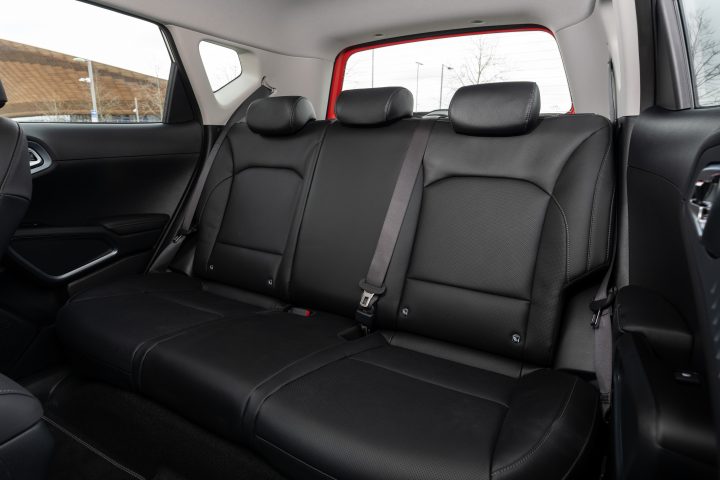
With the bigger battery I was more likely to use the Explore’s heated seats and steering wheel, the air conditioning and heating as it is very well equipped and quickly recharged on suitable power points, although we could not get more than 226 miles between charging which is some way short of official figures.
The three-pin plugged cable is an expensive extra and should be a no-cost option in my opinion as some chargers do not use the faster connectors and you don’t want to be left sitting there when the car is to be enjoyed.
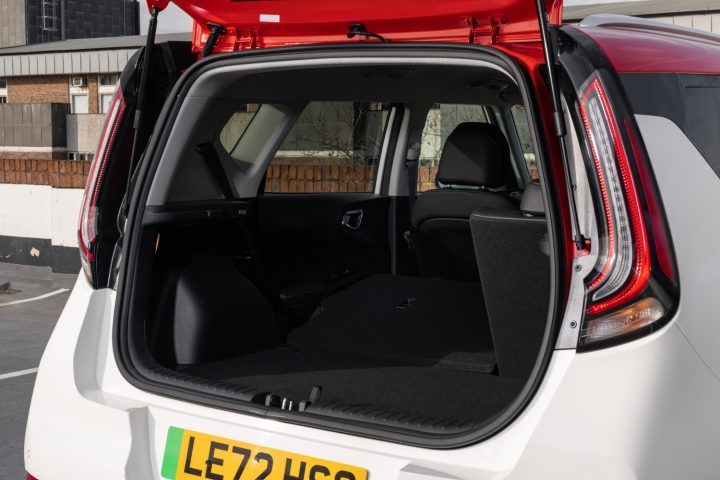
I cannot close without praising KIA’s seven years or 100,000 miles warranty, probably the best in the family car sector and certainly a deciding factor for buyers and partial explanation for the brand’s UK success. You get what you pay for and in the case of KIA that is worth every penny.
